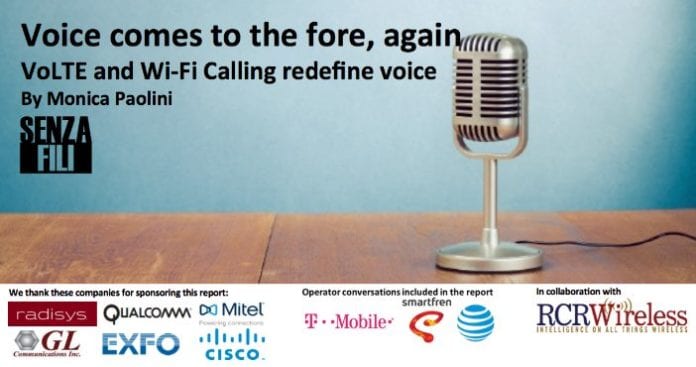At its ‘Business Summit’ in Dallas this week, AT&T put major focus on its LTE-M network. Use cases are multiplying, it said. “I hear about new possibilities every day. Use cases are taking off – from asset tracking to connected healthcare, vehicle solutions and more,” commented Chris Penrose, president of IoT solutions at AT&T.
LTE-M, operating in licensed spectrum on LTE infrastructure, works well deep inside buildings and hard-to-reach places, it said, and variously with asset trackers, fleet tracking, smart watches, alarm panels, pet trackers, smart home appliances, patient monitors, gas/water meters and point-of-sale devices. VoLTE on LTE-M works for voice-over security alarms and other mobility-based voice services, it noted.
By contrast, NB-IoT, its kissing cousin among low-power wide-area (LPWA) tech, works for simpler on-off or full-empty use cases, fixed and stationary – it is better for sensors, monitors, and detectors issuing intermittent alerts in parking lots, farmers’ fields, and home appliances, said AT&T.
Generally, the application of LTE-M is simplest to categorise by vertical market sector, and AT&T highlighted its relevance to the logistics, healthcare, and automotive industries, as follows.
1 | LOGISTICS
 AT&T said earlier this month it will make IoT modules with integrated SIMs available on its LTE-M network in the first half of 2019. It has just launched its first GPS asset tracker on the network, also packing sensors for humidity, temperature, light exposure, and impacts and breakages.
AT&T said earlier this month it will make IoT modules with integrated SIMs available on its LTE-M network in the first half of 2019. It has just launched its first GPS asset tracker on the network, also packing sensors for humidity, temperature, light exposure, and impacts and breakages.
It has also announced availability of Samsung’s lightweight SmartThings GPS tracker, which attaches to bags, keys, and pet collars. “Our LTE-M network provides better coverage than Bluetooth to enable tracking just about anywhere nationwide,” said Penrose.
2 | HEALTHCARE
 In Dallas, AT&T was also pushing the healthcare credentials of LTE-M connectivity. Its Astute CTR01 gateway hub converts Bluetooth or Wi-Fi enabled medical devices to LTE-M, enabling medical staff to access patient and hospital data.
In Dallas, AT&T was also pushing the healthcare credentials of LTE-M connectivity. Its Astute CTR01 gateway hub converts Bluetooth or Wi-Fi enabled medical devices to LTE-M, enabling medical staff to access patient and hospital data.
The carrier is working with Hanger to develop an LTE-M device for prosthetic limbs, which passes data on limb usage to clinicians, allowing for round-the-clock care. It is also working with the Texas Medical Cente on “life-changing” digital health solutions using LTE-M technology for its healthcare customers, it said.
3 | AUTOMOTIVE
 LTE-M is also being used in the transportation industry. CarForce is using the LPWA variant to help car dealerships, fleet managers, and repair shops better manage car maintenance and predict car issues before they happen. “It’s vehicle ownership for the modern customer,” said Penrose.
LTE-M is also being used in the transportation industry. CarForce is using the LPWA variant to help car dealerships, fleet managers, and repair shops better manage car maintenance and predict car issues before they happen. “It’s vehicle ownership for the modern customer,” said Penrose.
Other examples of LTE-M in the fast-changing car market, which draw on the technology’s same logistics and tracking credentials, include CallPass, which uses LTE-M to track financed and leased vehicles, and Cartasite, using it for fleet management in the old and gas industry.

